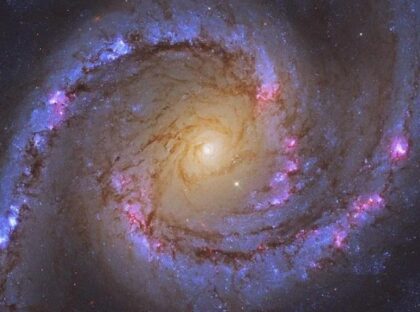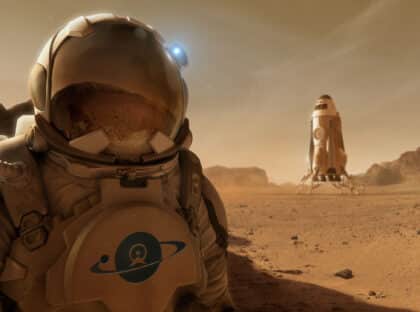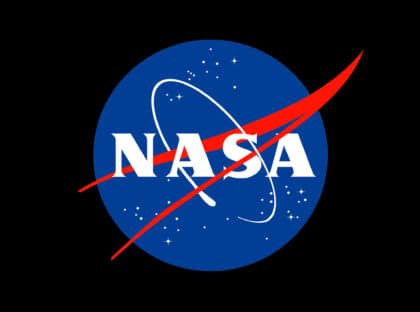
By Dr. Robert Zubrin, SpaceNews.com, 05.09.25
On May 2, the Trump administration announced its intention to impose massive cuts on the Science directorate of the National Aeronautics and Space Administration (NASA), reducing its budget from $7.3 billion in 2025 to $3.8 billion in FY2026. These cuts will almost certainly entail the abandonment of the Curiosity rover, the Hubble Space Telescope, the Voyager and New Horizon interstellar probes, among others, and derail almost all plans for future American planetary exploration and astronomy missions. Among the cancellations will be the Roman Space Telescope, built at a cost of $4 billion and currently undergoing final assembly in preparation for launch next year, and the Mars Sample Return mission. The Webb Space Telescope, launched just a few years ago and which recently detected a potential biosignature in the atmosphere of an exoplanet orbiting a star 124 light-years away, will have its operations sharply curtailed.

The cuts to NASA’s Science Directorate are part of an overall 24% slash to the space agency’s budget from $24.8 billion to $18.8 billion. Some of the other proposed program cancellations were justifiable. Topping this list was the useless Lunar Orbit Gateway, a proposed space station to be put in orbit around the moon, whose incorporation into mission plans would only have imposed extra costs and complexities on any lunar exploration program. Also cut were the SLS heavy lift launch system and the Orion capsule. This is sad, because these systems could have had great careers if they had been developed in a timely way when they were proposed decades ago. (I was a member of the team at Martin Marietta that did the conceptual design for what is now SLS in 1988.) But while offering alternatives to Elon Musk’s SpaceX company’s Starship booster and Dragon capsules, coming along now these systems are obsolete and overpriced.
But the cuts to the space science program make no sense. For the past half century, the Space Science Directorate, whose budget has hovered between 20 and 25% of NASA’s total, has been responsible for nearly 100% of the agency’s real accomplishments. However of the $6 billion to be cut from NASA’s $25 billion budget, $3.5 billion will be taken the Space Science Directorate, reducing its budget 48% from $7.3 billion to $3.8 billion, while the remaining unproductive parts of the agency will only face a budgetary reduction of about 13%.
Trump’s allies are circulating a number of lines to get conservatives to line up in support of the hatchet job on science. First among these is the claim that the Science Directorate should be cut because its Earth observation satellites are supposedly a tool for left wing climate alarmists. This is simply untrue. The fact of the matter is that NASA’s Earth scientists have been quite willing to let their discoveries fall where they may, going so far as to show that carbon dioxide emissions accelerated global rates of plant growth by nearly 20% since 1985.
Another argument is that we don’t need the Mars Sample Return mission, or any other program of robotic Mars explorations missions that might be done in its place, because SpaceX will allegedly launch its own Starship robotic mission to Mars in 2026, followed by a human mission in 2028.
To read the full commentary on SpaceNews.com, please click here.


